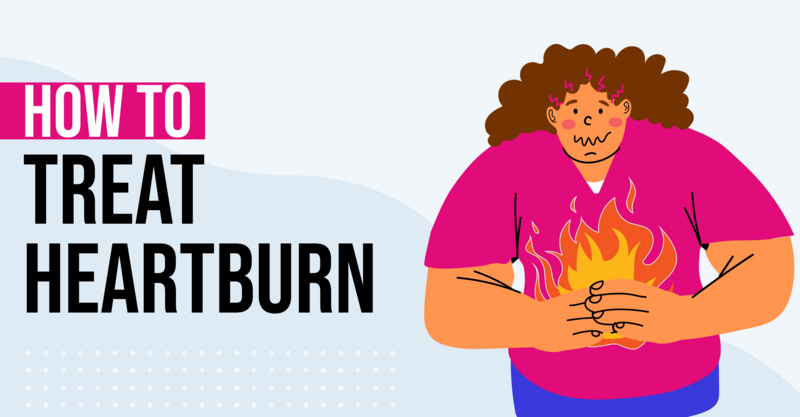Key Points
- The article provides a detailed overview of sprained ankles, including symptoms such as swelling, bruising, stiffness, and restricted range of motion.
- It outlines the common causes of sprained ankles, including improper landing, exercising on uneven surfaces, and wearing inappropriate footwear.
- The article offers several prevention strategies, including warming up before exercising, wearing the right shoes, and improving balance and muscle strength.
- Treatment options for sprained ankles are discussed, ranging from rest and ice therapy to physiotherapy and, in severe cases, surgery.
- The article also provides a list of potential questions a doctor may ask about your sprained ankle and its treatment.
Possible Symptoms for a Sprained Ankle
- Tenderness
- Swelling
- Bruising
- Ankle Pain
- Stiffness
- Instability in the affected ankle
- Inability to put weight on affected ankle
- Restricted range of motion
- Feeling or hearing a popping sound at the time of injury
Top 6 Sprained Ankle Causes
1. Landing Awkwardly on the Foot
Movements such as jumping and pivoting can cause you to land awkwardly on the foot in a way that leads to a sprained ankle.[1] Dancing, basketball, and kickboxing are just some examples of activities that can lead to a sprained ankle if you land awkwardly on your foot while engaging in them.
2. Falling
Falling can cause your ankle to twist in a way that leads to a sprain.[2] The sudden force and impact your body experiences when landing after a fall can stretch and tear ligaments in the ankle to cause a sprained ankle.
3. Exercising on an Uneven Surface
Walking, running, and doing other physical movements on an uneven surface can easily lead to a sprained ankle, especially if you lack balance, strength, and stability. Uneven surfaces like slopes and rocky terrain can force your ankle to move out of its normal position and cause a painful ankle sprain.[3] A sprained ankle might also be caused by stepping into a hole or stepping from a higher surface like a stair or curb.
4. Being Stepped On
Having someone step or land on you — possibly during sports games or in large crowds — can force your ankle into an awkward position, especially if the person who steps on you is large, heavy, or coming at you with force. When a person steps or lands on you, your first instinct might be to jerk or move out of the way, which can also cause a sprain.
5. Weakness and Lack of Flexibility
A sprained ankle can happen due to lack of strength and flexibility in the foot and ankle. Weak muscle fibers and ligaments can make you more susceptible to sprains when performing normal everyday activities, or when accidents, like falling, do occur.[4] Those who play sports and who have low strength in their ankles are more prone to ankle sprains because they face a higher risk for being stepped on or colliding with other players.
6. Wearing Improper Footwear
Wearing improper shoes during an activity can increase your risk for an ankle sprain, especially when exercising and playing sports. For instance, playing basketball without wearing high-tops that support the ankles makes you more likely to sprain your ankle. High heels can also put ankles at risk for sprains, as these shoes can make you more prone to falling and require you to demonstrate good balance.[5]
5 Ways to Prevent a Sprained Ankle
1. Warm Up Before Exercising
Warming up before your workout can improve range of motion in your ankles, along with blood flow, circulation, and neuromuscular control.[6] All these factors can help lower your risk for sprains and other injuries. Hold off on doing static stretches until after your workout, and do warm-ups with movements that mirror those you do during your actual workout. For instance, if going running, walk for five to 10 minutes before starting your run.
2. Wear Proper Shoes
Many athletic and dance shoes offer the best support and stability for the activities for which they’re intended. For instance, many basketball shoes are designed to help protect ankles from being twisted or stepped on during practice and games.[7] Wear quality shoes that fit well and that are appropriate for your activities. Try to avoid or limit your time spent wearing high heels, as these shoes are linked to a high number of ankle sprains.
3. Improve Balance and Stability
Having good balance and stability can help you avoid ankle sprains caused by falling, walking on uneven surfaces, and various other factors. Balance helps you evenly distribute your weight in a way that allows you to stay upright and steady with a reduced risk for falling. Ask your doctor or fitness trainer to show you balance and stability exercises that could help prevent a sprained ankle.
4. Improve Muscle Strength
Weakened muscles, tendons, and ligaments in the foot and around the ankle can increase your risk for a sprained ankle. Calf raises and heel walks that require you to balance on your heels while walking are examples of exercises that can lend to improved muscle strength in your ankles.[8]
5. Exercise on Even Surfaces
Avoid walking, running, and exercising on slopes and uneven ground, and stick to flat, even surfaces to reduce the risk for an ankle sprain. Pay attention to where your feet fall, and scope out playing fields for unexpected holes and other debris that can cause falling, missteps, and other accidents that can lead to a twisted ankle.
Possible Sprained Ankle Treatment Options
- Ankle brace[9]
- Compression bandage
- Rest
- Ice therapy
- Elevation of the ankle
- Rehabilitation and strengthening exercises
- Physiotherapy
- Ultrasound therapy
- Electrotherapy
- Painkillers and pain reliever medicines
- Surgery
Questions Your Doctor May Ask About Sprained Ankle Treatment
- When did the ankle sprain occur?
- How did the ankle sprain happen?
- Which direction did your foot turn when you sprained your ankle?
- What type of shoes were you wearing at the time of the injury?
- Can you bear weight on the affected ankle?
- Have you injured the affected ankle in the past?
- Have you done anything to treat the ankle sprain?
- What factors reduce or worsen pain caused by the ankle sprain?
- Do you experience any other symptoms aside from the ankle sprain?
- Do you exercise regularly or play sports?
Sprained Ankle May Also Be Known as
- Ankle sprain
- Inversion ankle sprain
- Eversion ankle sprain
Frequently asked questions
What are some common symptoms of a sprained ankle?
Symptoms can include tenderness, swelling, bruising, pain, stiffness, instability, and restricted range of motion. You might also hear a popping sound at the time of injury.What causes sprained ankles?
Common causes include landing awkwardly on the foot, falling, exercising on an uneven surface, being stepped on, muscle weakness, lack of flexibility, and wearing improper footwear.How can I prevent a sprained ankle?
Prevention strategies include warming up before exercising, wearing proper shoes, improving balance and stability, strengthening muscles, and exercising on even surfaces.What treatment options are available for sprained ankles?
Treatments can range from using an ankle brace, compression bandage, rest, ice therapy, and elevating the ankle to rehabilitation exercises, physiotherapy, ultrasound therapy, electrotherapy, painkillers, and in severe cases, surgery.What questions might a doctor ask about my sprained ankle?
A doctor may ask about the symptoms you're experiencing, how the injury occurred, your medical history, and the effectiveness of any treatments you've tried.
Solv has strict sourcing guidelines and relies on peer-reviewed studies, academic research institutions, and medical associations. We avoid using tertiary references.









